Over a hundred years ago, Darmstadt’s largest museum made an international splash with the debut of ten large-scale dioramas, portraying the beasts of land and air from the world’s various ecosystems. The dioramas are impressive today, and it’s not hard to imagine the sensation they must have caused at the turn of the 20th century.
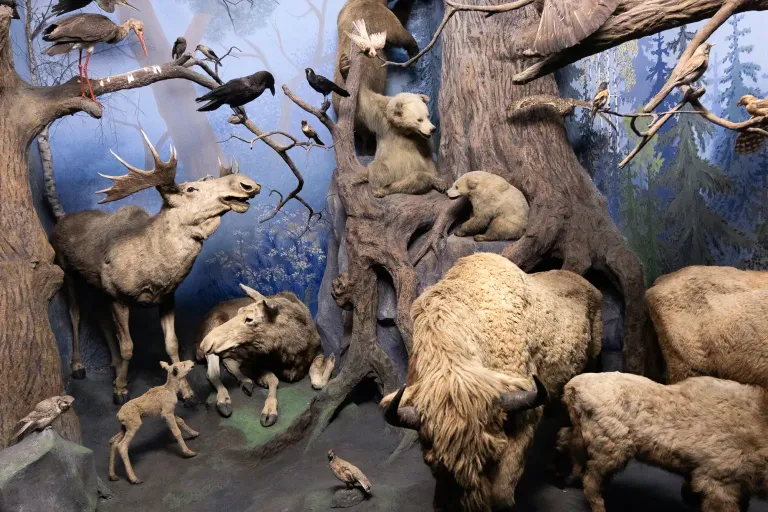
The Darmstädter Dioramen premiered in 1906, and were immediately hailed as a revolutionary new way to appreciate the natural world. The ten scenes take visitors on a whirlwind tour of the earth — there are a few dedicated to Germany and Europe, but viewers are also transported to further-flung locales like South America, Africa, Asia, and Australia. There’s even a diorama which takes you to the Arctic.
The dioramas focus equally on birds and mammals, faithfully recreating some of the world’s most iconic species, and are far more engrossing than I had expected. Jürgen is from Darmstadt, and had told me a lot about the dioramas which had so impressed him as a child. It’s fair to say that, before stepping into the museum, my enthusiasm was at 3 out of 10. But once I was standing in front of the African diorama, I got it — there’s just so much to see and discover in each of the scenes. As a kid, it must have been exhilarating.
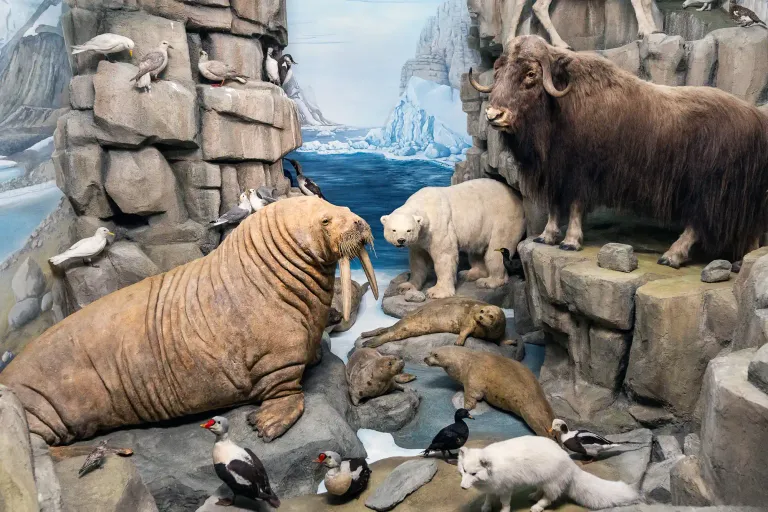
The Hessisches Landesmuseum itself is incredible, and could easily eat up an entire day. A slogan placed over the skeleton of an American mastodon declares that the museum brings “The whole world under one roof”, and it’s not an empty boast. Apart from its massive Natural History collection, the Landesmuseum is renowned for its art collection, which spans the centuries and features works by names like Rembrandt, Dürer, and Beuys.
Buoyed by my positive reception of the dioramas, Jürgen also wanted to show me some of the work of Joseph Beuys, who I was unfamiliar with. So, we took a winding route to the museum’s so-called “Beuys Block”, where some of his most well-known pieces are found. Jürgen stood in front of a couple of dirty planks nailed together and pointed at them, beaming brightly and awaiting my approbation.
This was the Fetteck (fat corner), one of Beuys’ most lauded installations. Literally, it’s a corner in which the artist splopped a load of fat. And that was it. Now it was art. What we were looking at wasn’t even the original Fetteck, but a reproduction. The original had just been a corner in the Beuys’ studio. And it was about now, as Jürgen was so proudly explaining these smeary wood planks to me, that I realized I still don’t understand Germans, even after having been married to one for twenty years.
From our Travel Blog.
More Museums Photos
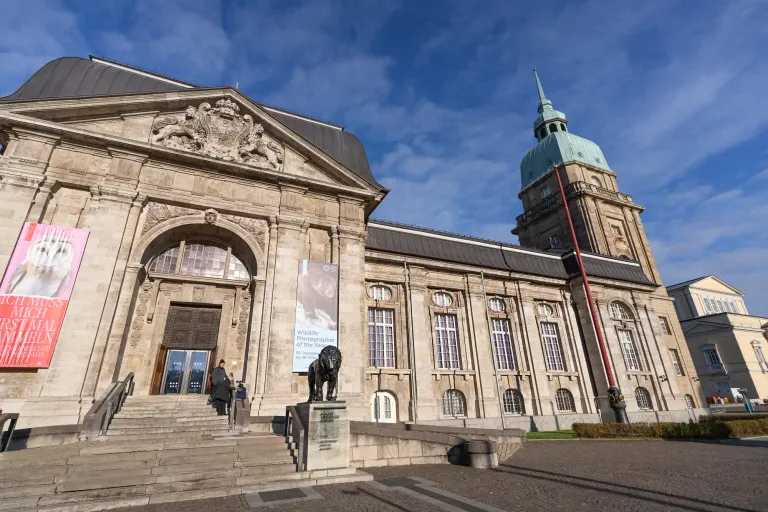
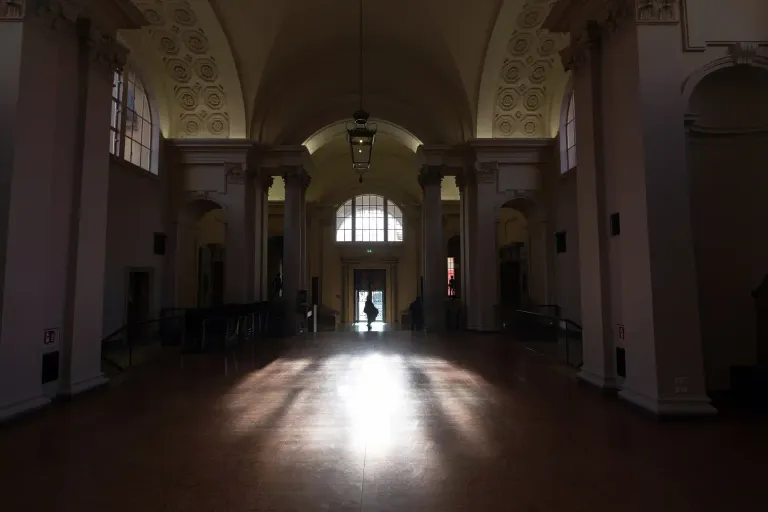
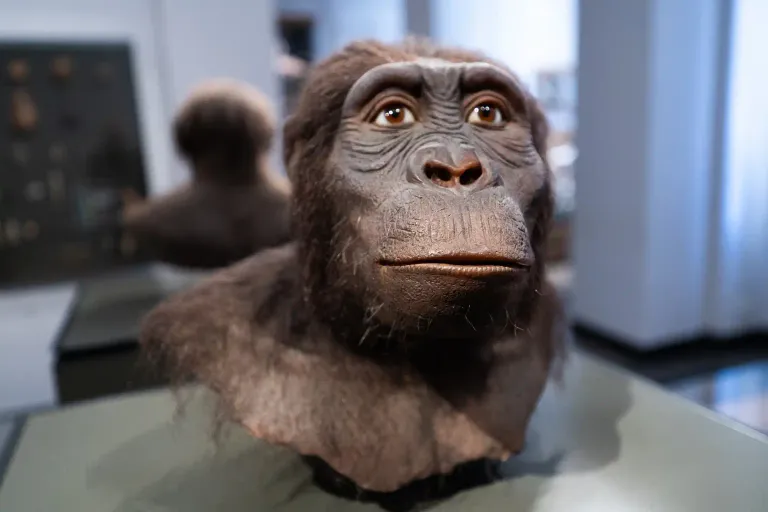
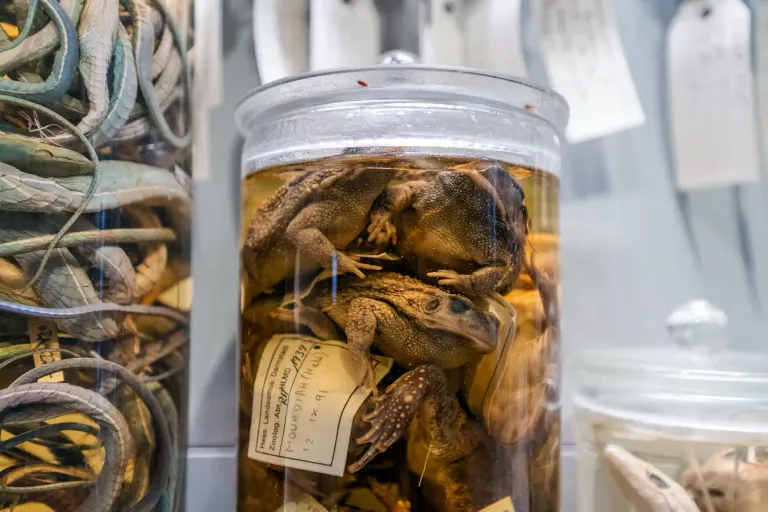
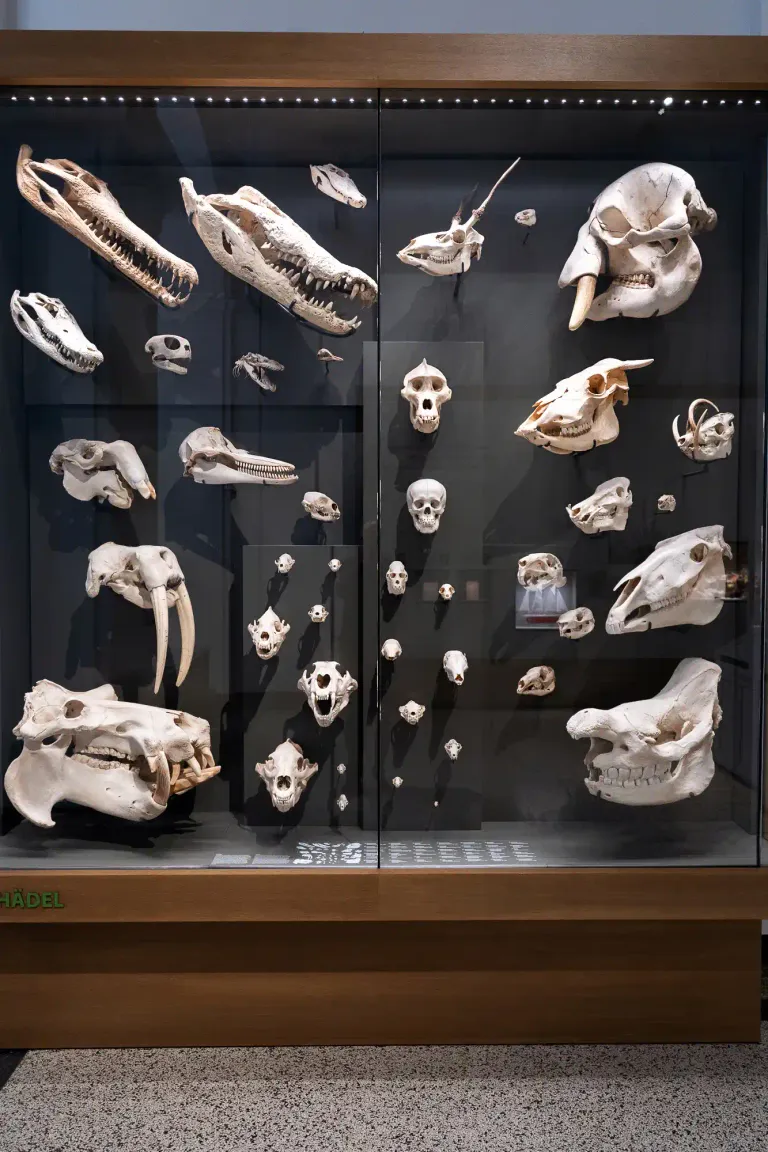
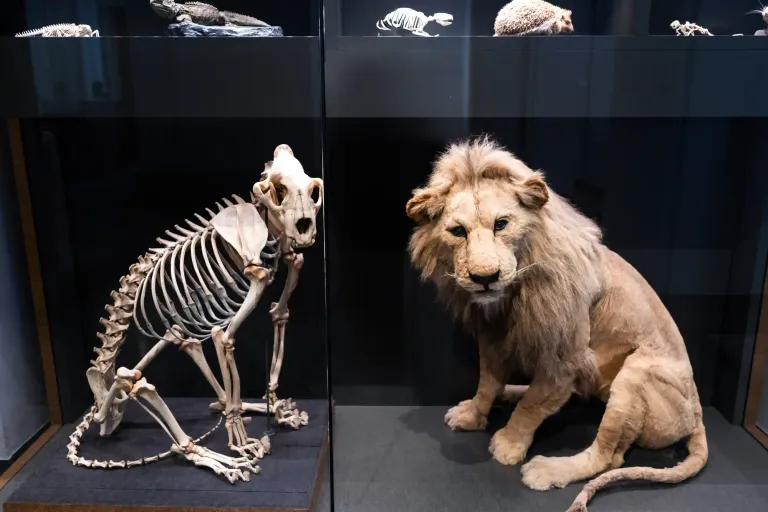
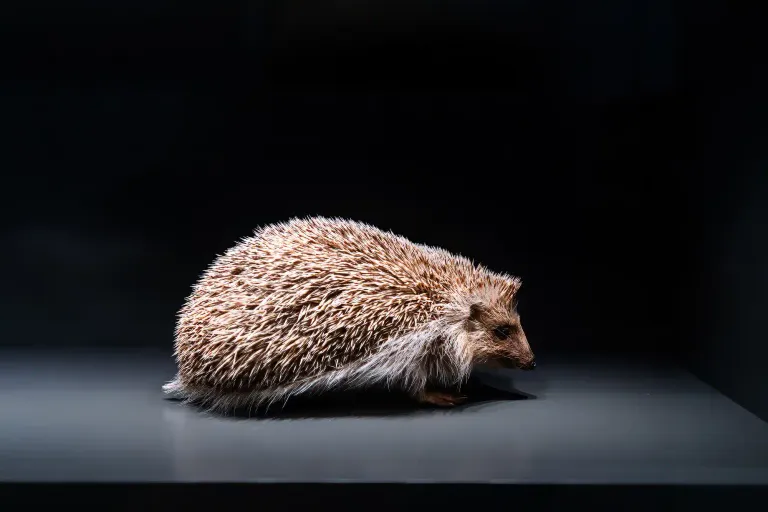
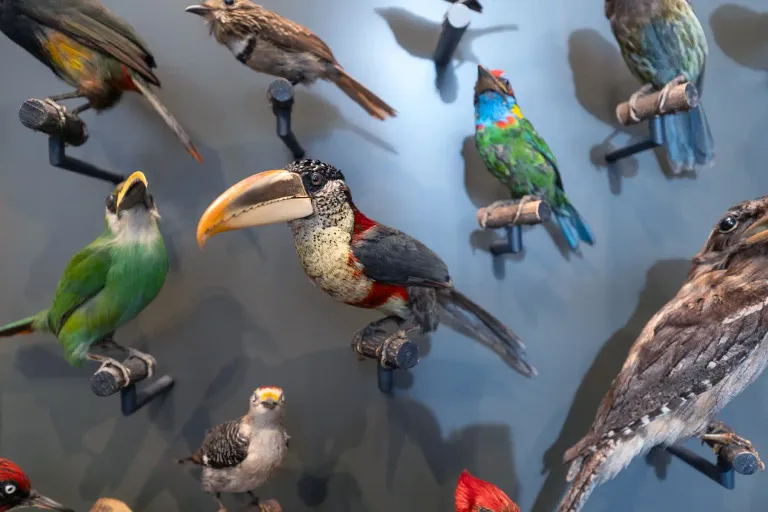
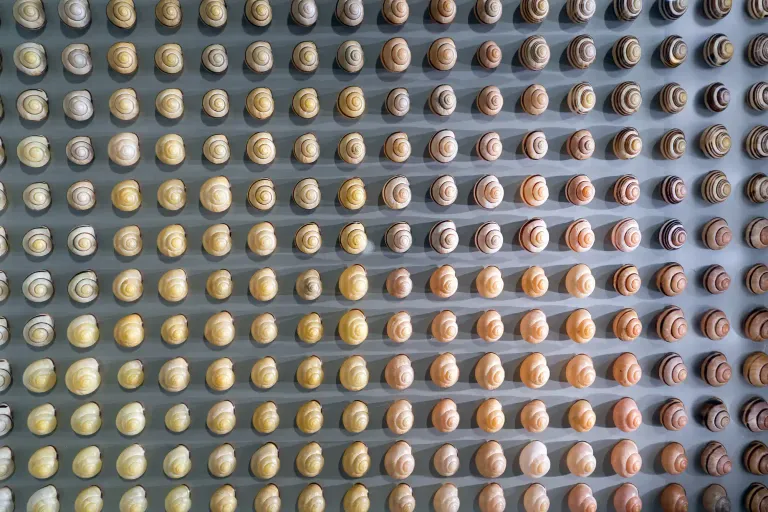
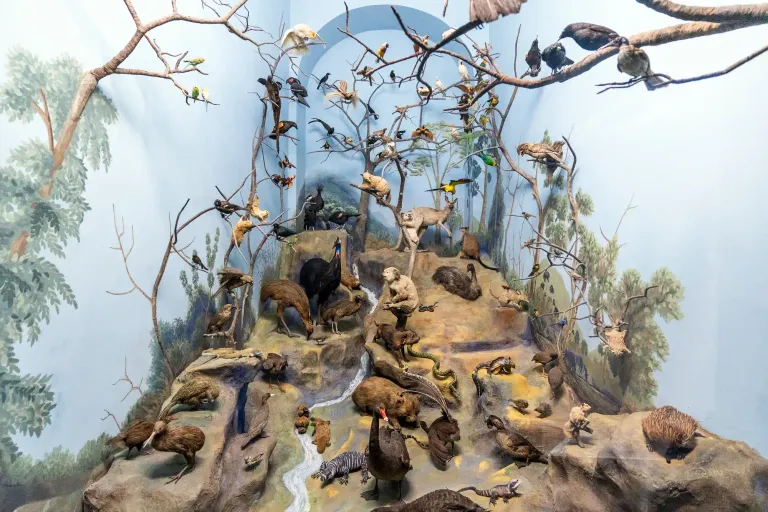
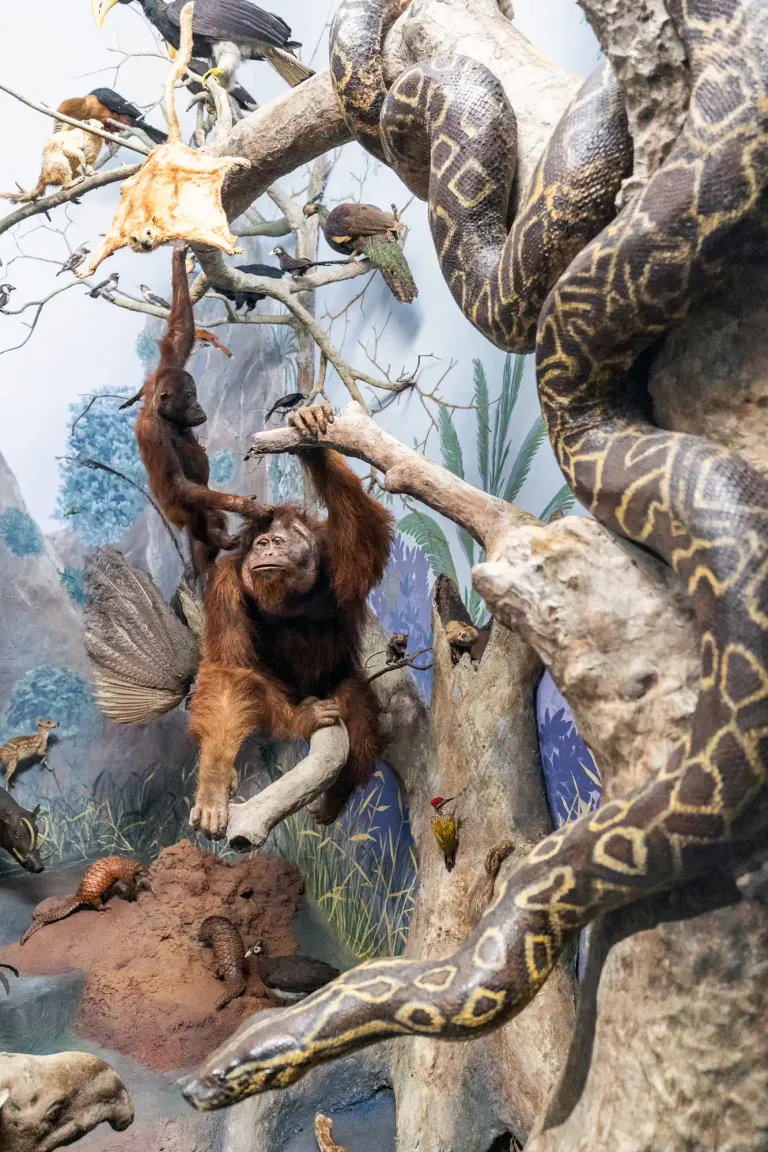
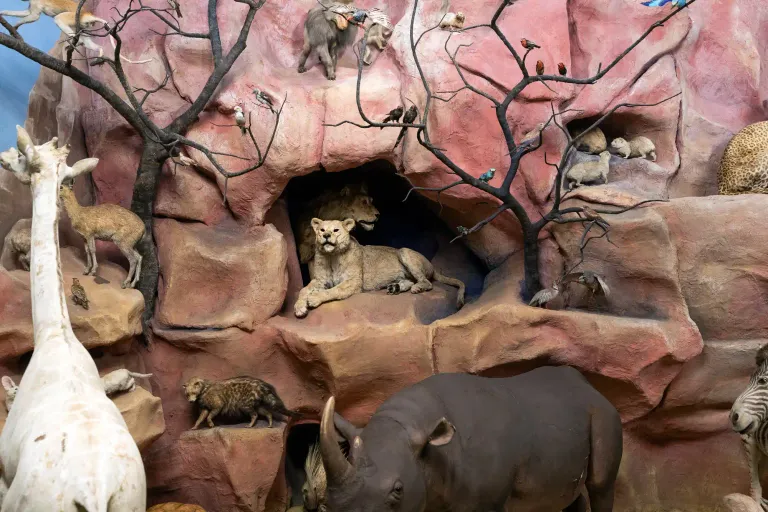
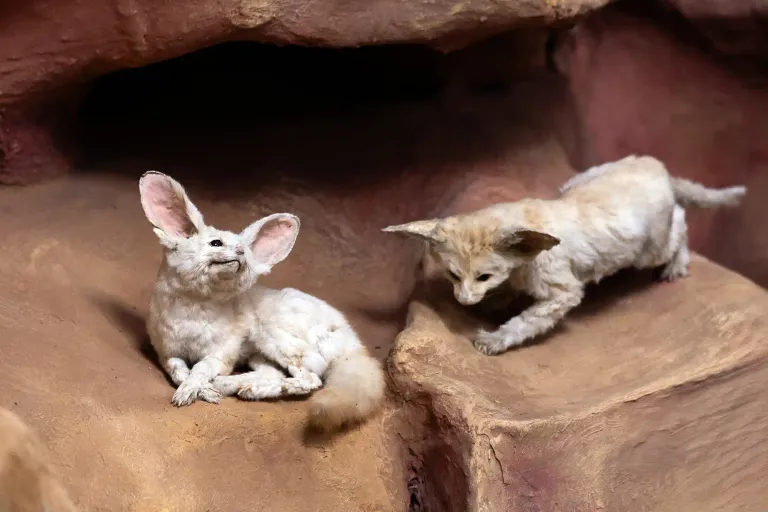
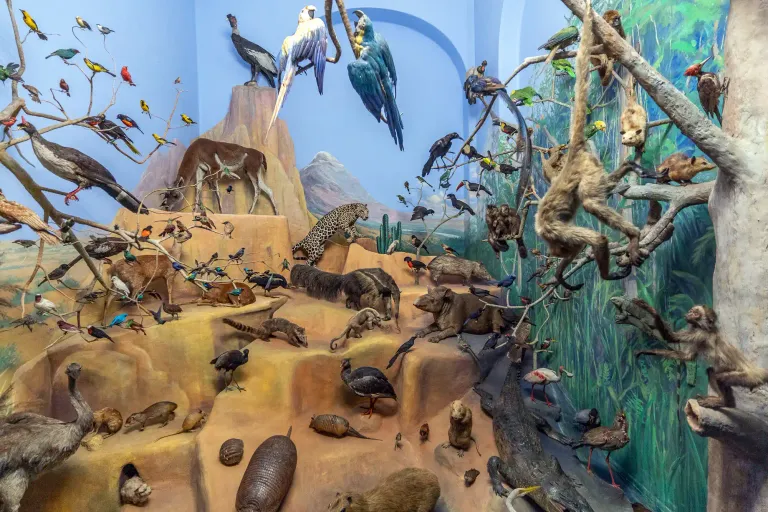
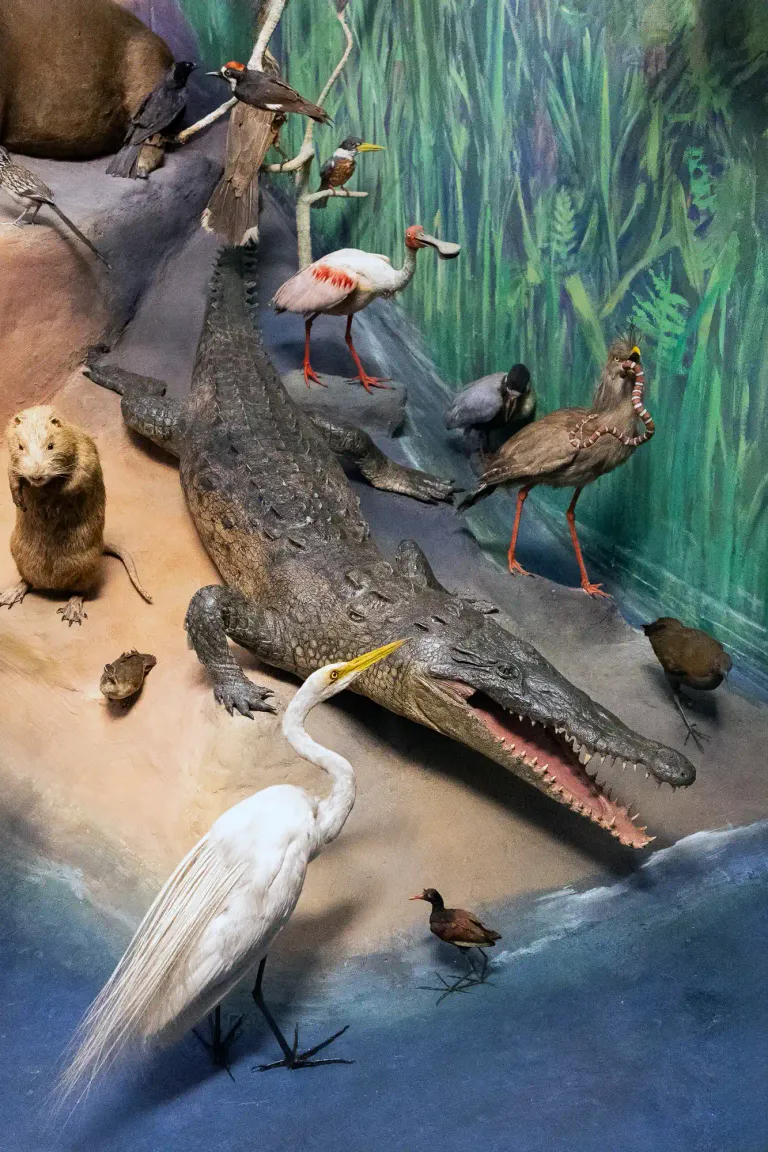
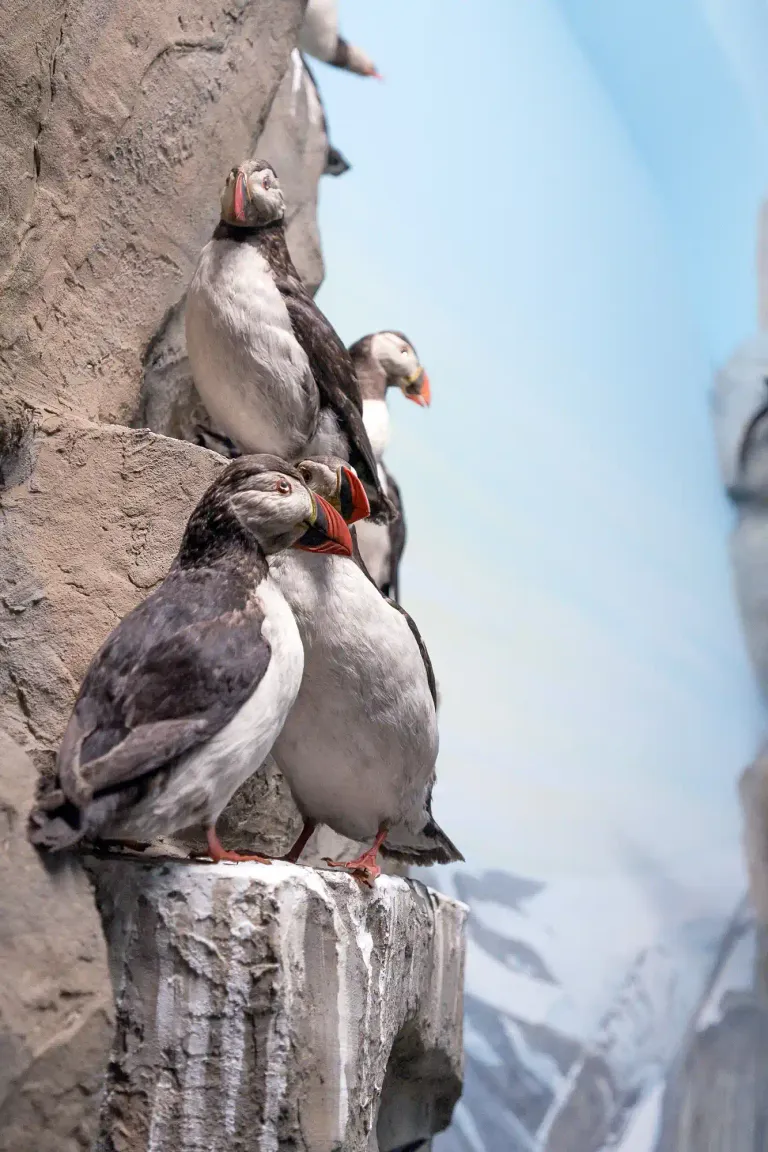
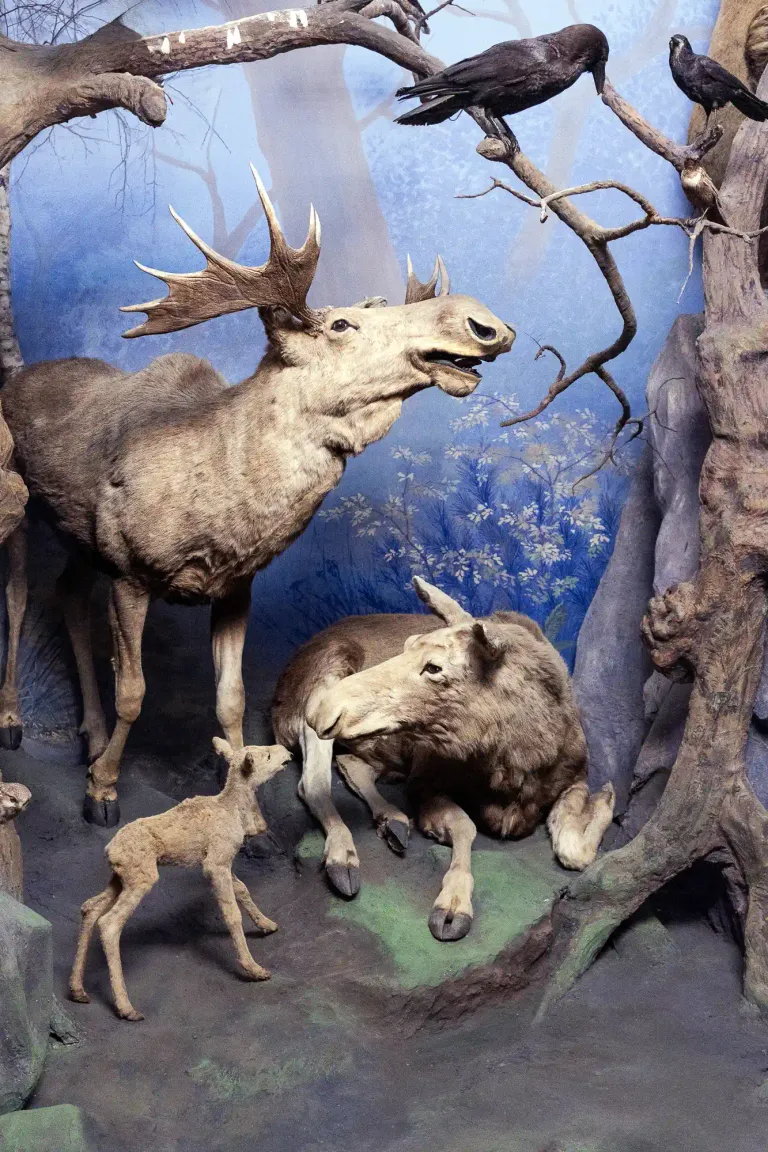
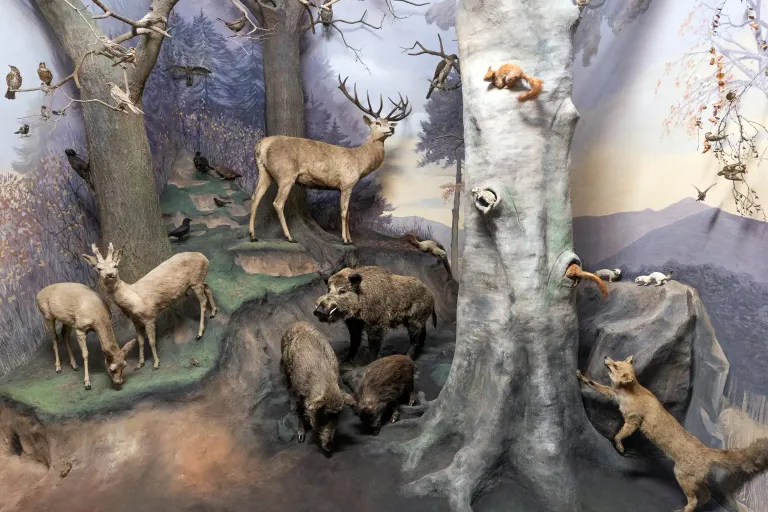
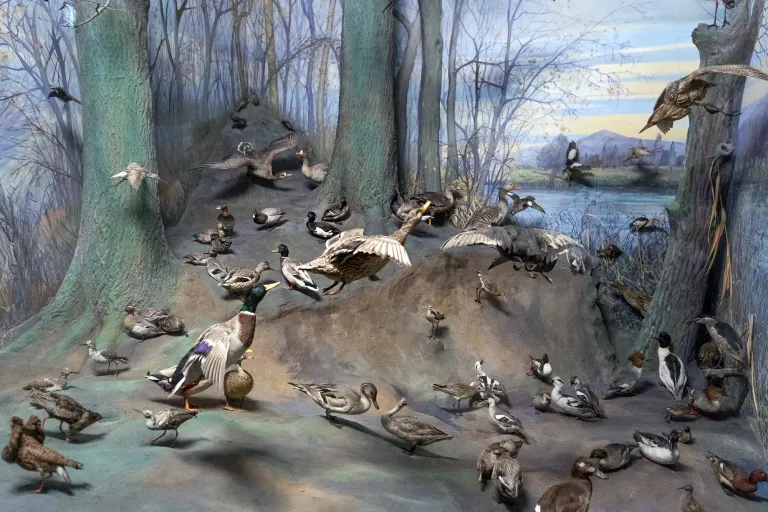
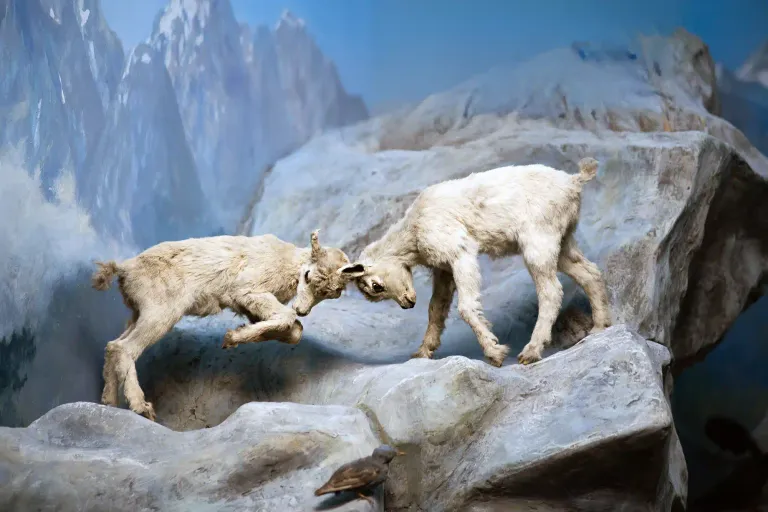
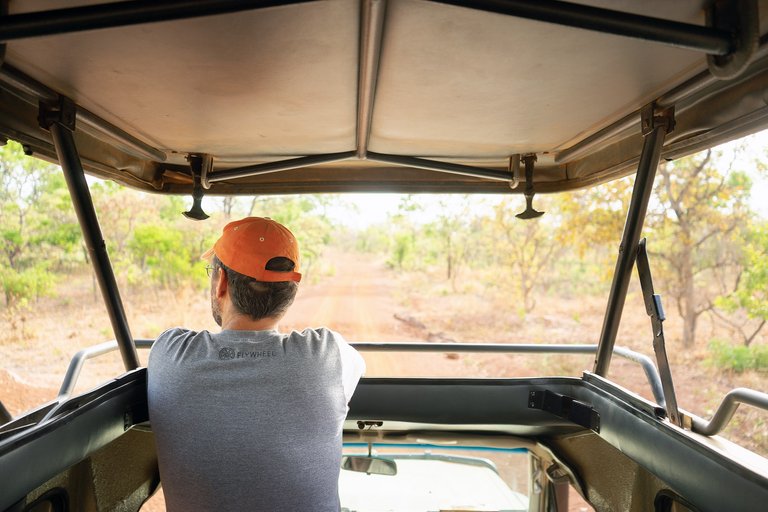
I have a feeling that any moment some specimen will come down from the diorama and chase me... Hahaha. And about the fat? I understand that everything can be art, but this is a straight “cooking cholesterol installation”. What to say... Germans! 😂 Thank you for sharing 🙏
Indeed .. haha.
You can check out this post and your own profile on the map. Be part of the Worldmappin Community and join our Discord Channel to get in touch with other travelers, ask questions or just be updated on our latest features.
Congratulations, your post has been added to the TravelFeed Map! 🎉🥳🌴
Did you know you have your own profile map?
And every post has their own map too!
Want to have your post on the map too?
- Go to TravelFeed Map
- Click the create pin button
- Drag the marker to where your post should be. Zoom in if needed or use the search bar (top right).
- Copy and paste the generated code in your post (any Hive frontend)
- Or login with Hive Keychain or Hivesigner and click "create post" to post to Hive directly from TravelFeed
- Congrats, your post is now on the map!
PS: You can import your previous Pinmapple posts to the TravelFeed map.Opt Out
Congratulations @for91days! You received the biggest smile and some love from TravelFeed! Keep up the amazing blog. 😍 Your post was also chosen as top pick of the day and is now featured on the TravelFeed front page.
Thanks for using TravelFeed!
@jpphotography (TravelFeed team)
PS: Have you joined our Discord yet? This is where over 1000 members of the TravelFeed come together to chat. Join us!